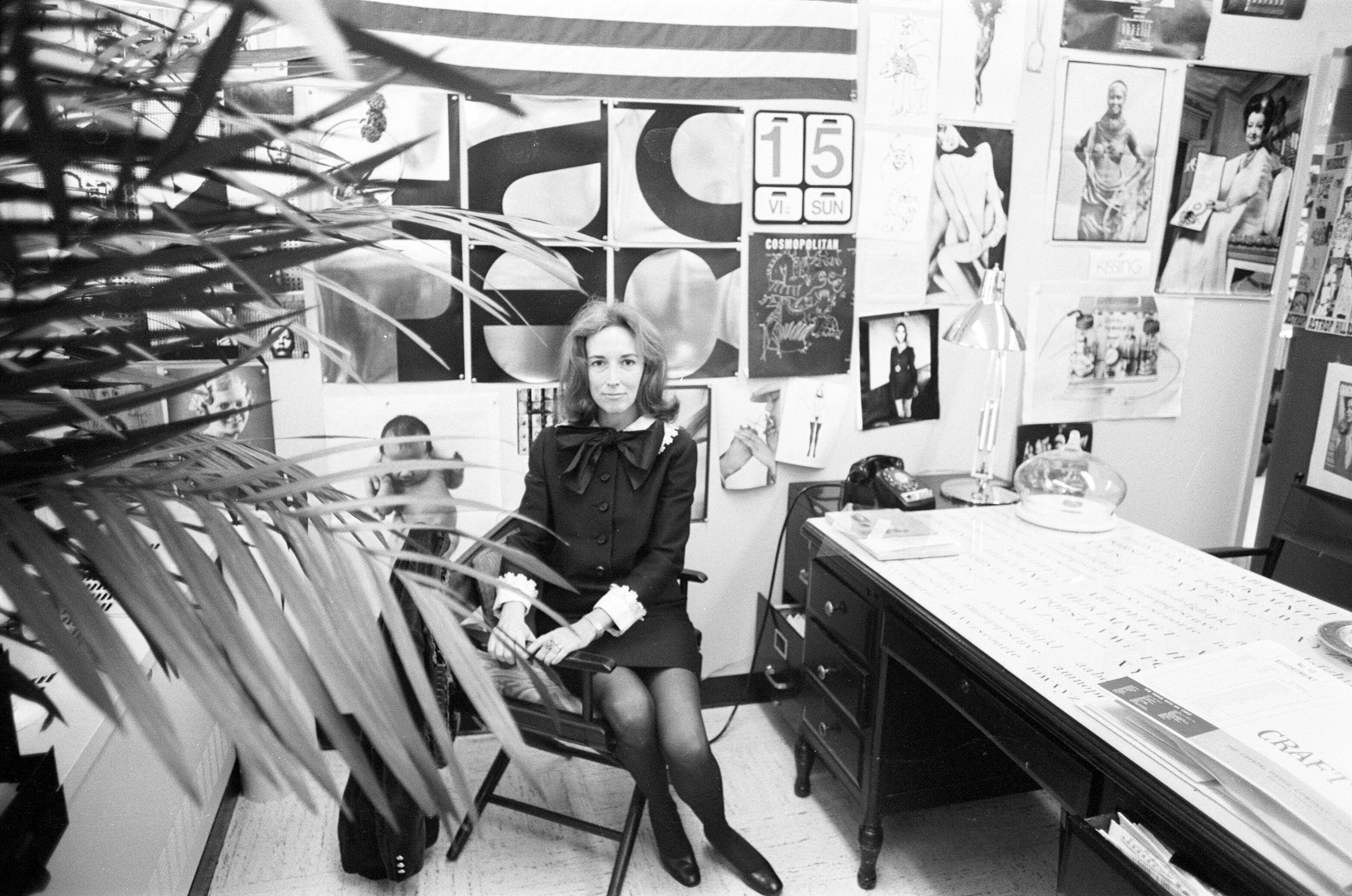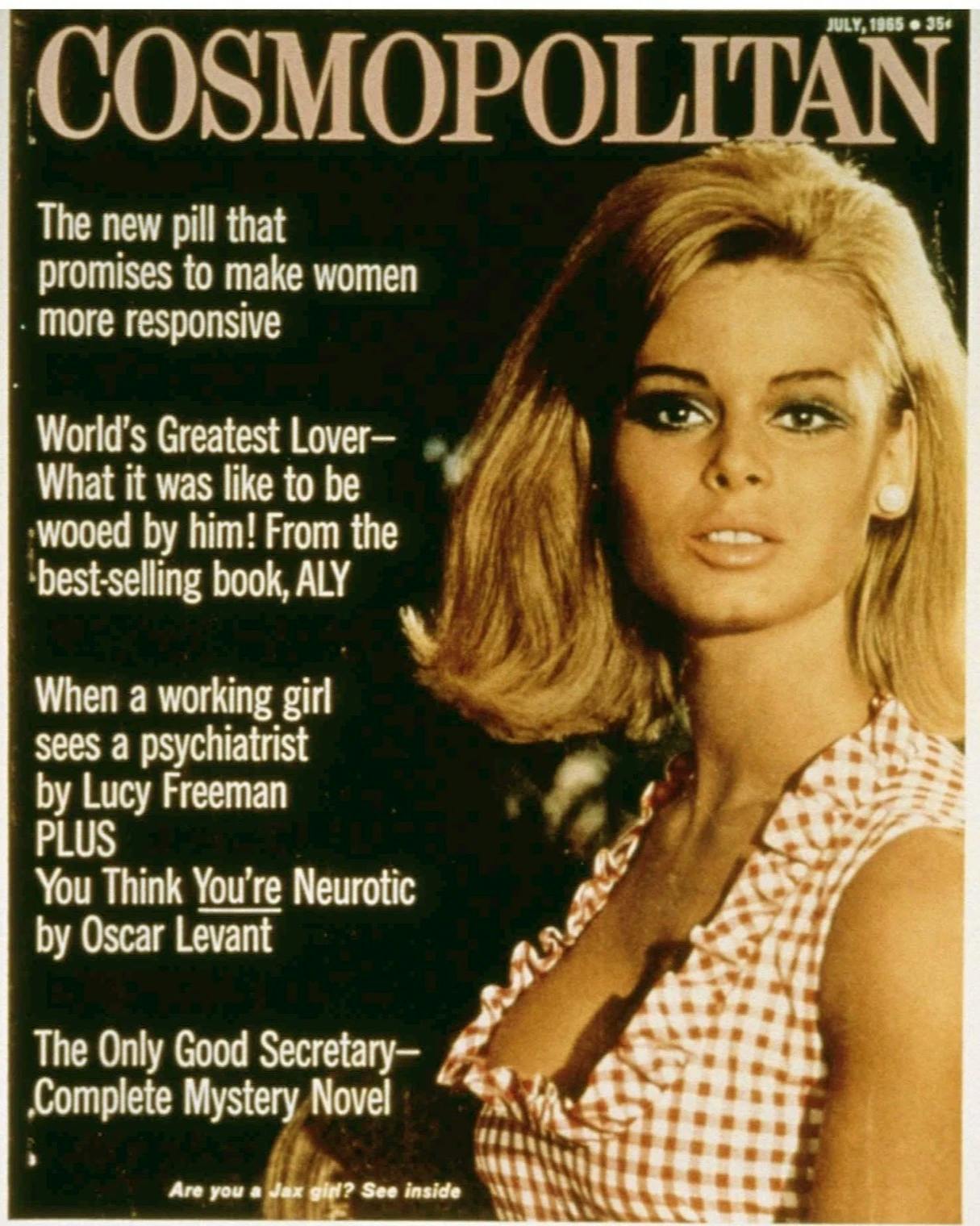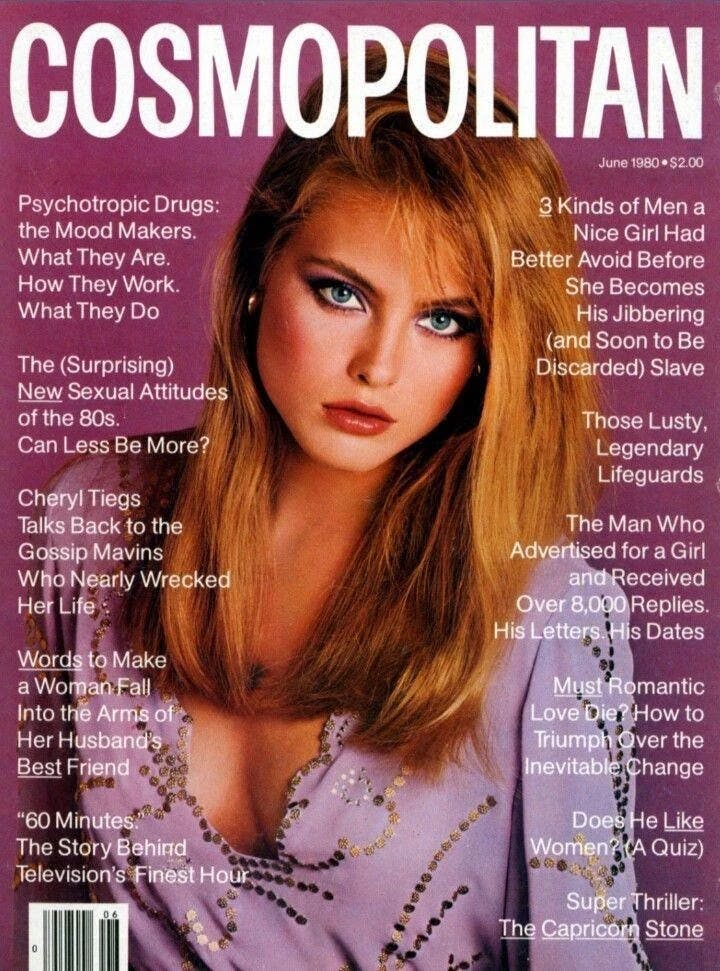Former Cosmo Writer Dishes On How The Magazine Lied To Women To Sell Feminism
Sue Ellen Browder is a former writer for Cosmopolitan. She authored the book “Subverted: How I Helped the Sexual Revolution Hijack the Women’s Movement.”

The book is part memoir and part tell-all about what goes on behind the scenes at these glamorous publications. In short, behind the glossy pages of Cosmo were lies and propaganda meant to shape the opinions of women all over the globe.
Her Mother’s Love of Magazines Inspired Her Dream To Work for One
Sue Ellen Browder had a wonderful childhood. She grew up in Iowa, where her parents, who had been childhood sweethearts, had a happy marriage. She was a normal Midwestern girl with a happy childhood and a loving family. She had a blissful upbringing as her parents were traditional in their respective gender roles. This is not to say she had a boring life.
Her mother, Naoma Hurdle, despite being a simple housewife in Iowa, had a strong zest for life. About her mother, Browder wrote, “She poured her abundant energy and creative flair into parenting, keeping up with the latest fashion trends, and home decorating. Each month, the latest issues of Mother’s magazines – Redbook, Good Housekeeping, McCalls, Better Homes & Gardens, Glamour, Vogue, and of course Reader’s Digest – were carefully laid out in a fanned display on our early-American maple coffee table, as if they were artistic objects for everyone to admire.”
Browder was enchanted by the glamorous and sophisticated lifestyles she saw in these magazines.
Like her mother, Browder was enchanted by the glamorous and sophisticated lifestyles she saw in these magazines. More notably, Browder’s admiration for her mother’s ingenuity and the resourceful homemaking skills she attained from these magazines inspired her to dream about one day being able to work for one of these publications. Her wish came true.
She Learned Journalism Wasn't Always About Finding The Truth
After graduating from the University of Missouri where she went to journalism school to be a magazine writer, Browder married her college sweetheart, Walter, who shared her dream of being a writer as well. Together, they packed their bags and headed to Torrance, California to start their careers.
There, she landed a job as a staff reporter on the women’s section of the South Bay Daily Breeze, a midsized daily newspaper where she learned that journalism ethics weren’t always upheld, as her fellow journalists were known to have lied to their readers for various reasons. Browder wrote, “I first learned lying is a lot easier than telling the truth, and some journalists do it routinely. Lying means you can skip the hard legwork of tracking down reliable sources (so-called ‘real people’) who are willing to talk and go on the record. Lying means you can meet tight deadlines with less hassle. Lying means you don’t even have to try to get your facts straight, because you made most of them up.”
After she was fired from the newspaper for getting pregnant, Browder embraced feminism.
How She Herself Got Duped into Selling Propaganda
After she was fired from the newspaper for getting pregnant, Browder turned to feminism and embraced the message of feminists like Betty Friedan and Gloria Steinem about the discrimination women faced in the workplace. Her experience drove her to believe that women were kept oppressed and away from the workforce, especially after reading Betty Friedan’s book The Feminine Mystique. Obviously, cultural attitudes about working mothers and pregnancy in the workplace have changed drastically since the 60's (and rightfully so.) The problem was, the feminism being sold by Betty Friedan wasn't really about getting equality with men in the workplace. It was about freeing women completely from the shackles of marriage and domestic life. And so, Browder found herself an unwitting champion for feminism.
The Propaganda Sold to Women
After giving birth, Browder got a job writing for Cosmopolitan Magazine, but she carefully omitted the fact that she had a baby during the interview process. At Cosmopolitan, her job was to spread the message of Helen Gurley Brown, the magazine’s Editor in Chief. Brown’s message to single women was “Hard work and sex will set you free (as long as you don’t have children).”

Browder’s job was to sell the idea that for a woman to be fulfilled in life, she has to “(1) work hard; (2) take the Pill or use some other contraceptive; and (3) if the contraceptive failed, get an abortion.” To put it simply, the magazine was selling the idea that the sexual revolution was “both for unmarried sex and against motherhood.”
Pursue Excitement and Sex, Reject Marital Bliss
Helen Gurley Brown pushed the propaganda that women are no different than men, and therefore they should pursue sex without attachment just like men. It encouraged the rejection of the “outdated” code of morality. It urged women to seek a glamorous lifestyle filled with the thrill and excitement of sex without consequences.

Cosmo went as far as condoning the pursuit of sex with married men. Why should a single girl feel guilty about having sex with another woman’s husband? She’s single after all, and therefore free to do whatever she wants if it suits her. This behavior was in accordance with Helen Gurney Brown’s guiding motto of “good girls go to heaven, bad girls go everywhere.”
Abortion as Birth Control
Obviously, this sort of reckless sexual behavior doesn’t come free from consequences. Cosmopolitan pushed the idea that if the single woman were to become burdened with an unwanted pregnancy, all she has to do to get on with her life is to get an abortion in order to get rid of that problem.
Reckless sexual behavior doesn’t come free from consequences.
Browder described how she bought into the lie herself when she had her third pregnancy. Faced with a litany of economic hardship brought on by the uncertainty of a career as a freelance writer, she decided to undergo an abortion because she saw a third child as adding to her “problem.” She has regretted that decision ever since.
The Writers Didn't Practice What They Preached
In her tell-all memoir, Browder wants women to know that the elites didn’t necessarily practice what they preached. Helen Gurley Brown, even when the message in her magazine encouraged women to remain single, was herself happily married. Browder wrote, “Helen Gurley Brown didn’t listen to the nonsense we were peddling at Cosmo any more than I did. She was married and by all accounts faithful to the same man for 50 years (she called David her “pussycat”).”

Browder wants us to know about all the women who bought into the lie and died sick (from abortion complications or the Pill), alone (from their years pursuing of meaningless sex), and childless (from their years of ignoring the call of motherhood and their maternal instinct). She realized how she had never been happier than when she was a mother taking care of her children, and she reflected on how much her husband meant to her.
The elites didn’t necessarily practice what they preached; Helen Gurley Brown didn’t listen to the nonsense we were peddling at Cosmo.
Browder also talked about how the lies she told women about rejecting codes of morality came home to roost in her own life. She had an experience where one of her closest friends, who was divorced, tried to seduce her husband. Luckily her husband rejected her friend’s advances. But from this experience, Browder saw the damage she had caused from her years in Cosmo writing about how it was okay for a single woman to pursue another woman’s husband.
Closing Thoughts
You can tell from her book that perhaps the most important part of Browder’s life was her marriage to her dearly departed husband. Her marriage to him had brought her the most happiness and fulfillment, that even her career couldn’t match. She wrote fondly about the dreams they shared, how they struggled against hardship together, and the love and support they gave each other. Her final chapter talked about her husband’s departure from this life. It was clear that life was made so much better for her when she had a wonderful man by her side to share the triumphs and the darkest moments in life together.
Even with the personal success that Browder attained, her 40 years of marriage to her husband Walter mattered more to her than her career ever could. This idea of being in a stable, devoted, loving marriage is rarely promoted within the glossy covers of women’s publications today. Pop-culture tells women that excitement should be the focus of life, and sex for sex’s sake is what fun and exciting people do. But in the end, it’s the solid foundation of a functional, loving marriage which is the most enriching experience a woman should aim to experience for herself.